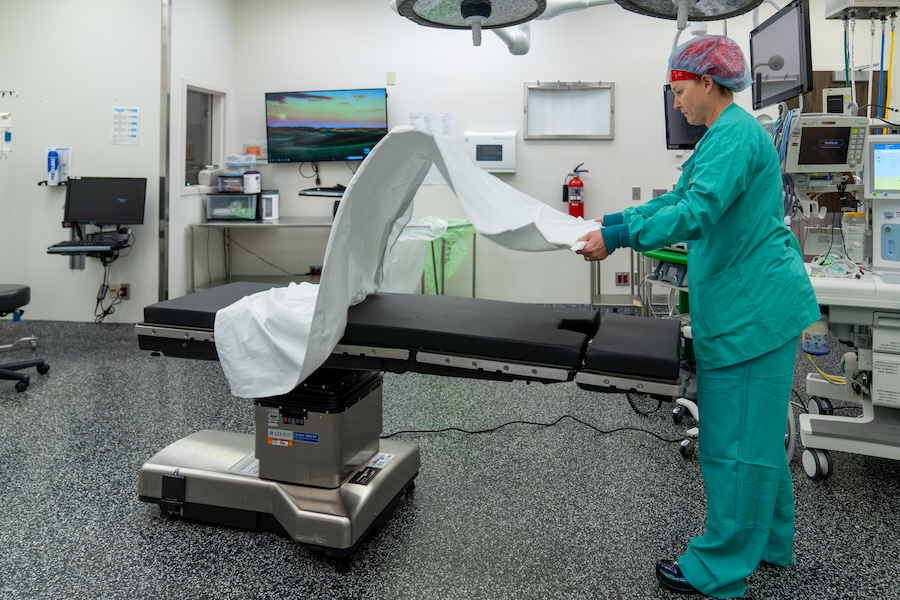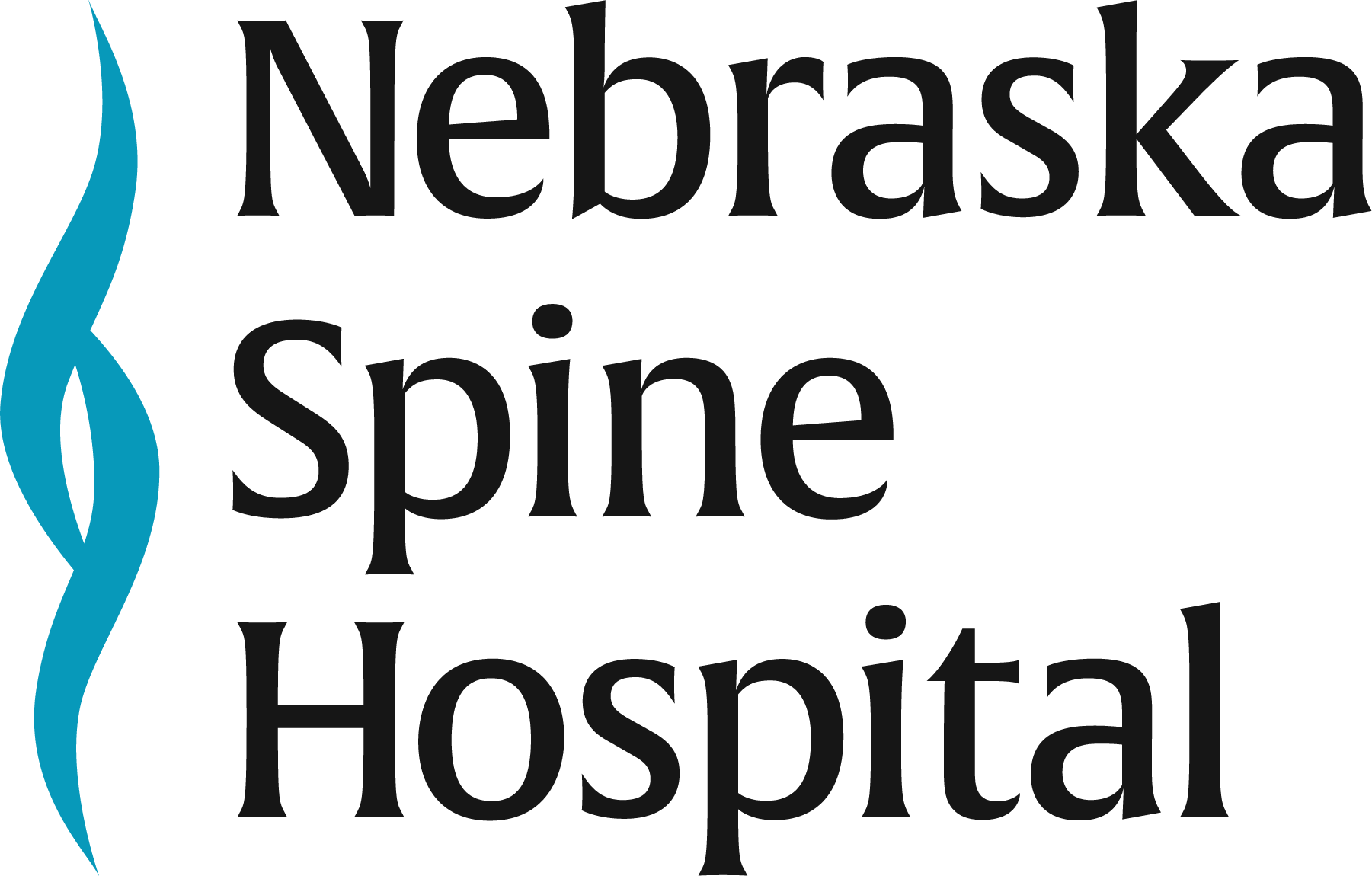Procedures

We recognize that every patient’s journey to recovery is unique. Whether you’re struggling with chronic back pain, recovering from spinal surgery, or facing a complex spine condition, our comprehensive range of specialized procedures is designed to provide you with exceptional care. Our dedicated team of spine experts utilizes cutting-edge techniques and advanced technology to diagnose and treat a wide variety of spinal conditions.

Fracture Repair
Spinal fractures, whether caused by an accident, injury, or conditions such as osteoporosis, can significantly impact mobility and quality of life due to pain and restricted movement. At Nebraska Spine Hospital, our skilled team is dedicated to addressing these challenges through a comprehensive range of surgical and non-surgical treatment options. Our primary goals are to alleviate pain, restore mobility, provide structural support, and prevent further deterioration of symptoms. We are committed to offering personalized care that focuses on improving our patients’ overall well-being and recovery.
Motion Preservation
Restoring movement and alleviating pain are among the primary reasons individuals opt for spine and neck surgery. At Nebraska Spine Hospital, our surgeons are committed to providing cutting-edge care by actively exploring innovative techniques and approaches, including motion preservation, to treat conditions arising from degeneration or injury. These advanced procedures aim to restore the natural spacing between vertebrae, relieve compression, stabilize the spine, and manage motion effectively.
Our motion preservation procedures focus on key areas of the spine where issues frequently arise:
- Cervical Total Disc Replacement: This procedure involves accessing the cervical spine (neck) from the front, where the surgeon removes the damaged disc and repositions the spine to its normal alignment before placing an artificial disc. This approach alleviates pain and restores movement.
- Lumbar Total Disc Replacement: Performed through an incision in the abdomen, this surgery involves the complete removal of the damaged disc and replacement with an artificial disc. This helps restore optimal vertebral spacing, relieving pain and improving mobility.
Nebraska Spine Hospital is dedicated to offering patient-centered care that leverages the latest advancements to enhance life quality and promote recovery.
Spinal Fusion
Spinal fusion is a surgical procedure that involves joining two or more vertebrae using bone tissue, which over time, naturally fuses to provide additional support to the spine. This surgery is typically considered when other treatment options have not successfully alleviated pain associated with back conditions.
Depending on the location and cause of the problem, as well as individual patient factors, physicians may recommend various spinal fusion techniques:
- Lateral Interbody Fusion (XLIF): This procedure allows surgeons to access the spine from the side, removing disc material and placing bone grafts to the affected vertebrae, promoting spinal stability.
- Interspinous Process Distraction/Decompression (X-Stop): This technique involves inserting a specialized device or spacer to relieve pressure on the spine and nerves, addressing symptoms such as pain, leg immobility, and bladder or bowel dysfunction.
- Anterior Lumbar Interbody Fusion (ALIF): Accessing the spine from the front, this procedure removes a significant portion of a degenerated disc, replacing it with a bone graft to fuse the vertebrae together.
- Transforaminal Lumbar Interbody Fusion (TLIF): This approach removes a portion of a disc and inserts a single bone graft to avoid disrupting nerve roots, ensuring a safer and more effective procedure.
- Thoracoscopic Anterior Spine Surgery: Ideal for various fusion surgeries, this technique allows surgeons to reach the spine through the chest cavity, with the patient positioned on their side for optimal access.
- Anterior Cervical Decompression and Fusion (ACDF): This procedure involves accessing the spine through a small incision in the front of the neck to remove a damaged or herniated disc, thus relieving pain in the neck, arms, and potentially the legs.
- Posterior Cervical Fusion: To restore stability, this technique involves placing bone grafts alongside the vertebrae, supported by metal screws or rods, to repair damage from injuries or other conditions.
These procedures are designed to address specific spinal issues with precision, providing patients with a tailored approach to achieving long-term pain relief and improved spinal function.
Surgery
At Nebraska Spine Hospital, we understand that the need for spine surgery can arise from a variety of conditions, including congenital issues, progressive deterioration, or other spinal disorders. Our expert team is equipped to provide the necessary surgical interventions tailored to your specific condition. These procedures may involve the removal of part or all of a vertebra or disc, or the implementation of advanced devices developed for spine conditions. Our offerings include:
- Discectomy (Microdiscectomy): This procedure involves the removal of herniated disc material that is compressing a nerve root or spinal cord, alleviating pain effectively.
- Decompression (Laminectomy): Designed to alleviate pressure on the spinal cord or nerves, this procedure helps relieve leg pain caused by spinal stenosis.
- Spinal Deformity Reconstruction (Scoliosis): This surgery aims to correct and stabilize the spine, improving both function and appearance.
- Surgery: Utilizing smaller incisions and microscopic technology, this approach allows for a variety of procedures to be performed with reduced recovery time and minimal impact on surrounding tissues.
Our commitment is to provide comprehensive, patient-centered care that addresses your unique needs with precision and compassion.
Tumor Surgery
Spinal tumors can lead to pain, numbness, or restricted movement, significantly affecting one’s quality of life. At Nebraska Spine Hospital, our expert surgeons are equipped with advanced instruments and specialized techniques to effectively remove these tumors. By alleviating the pressure caused by the tumor, we aim to relieve associated pain and restore function. Our commitment is to provide precise, patient-centered care, ensuring the best possible outcomes for individuals facing spinal tumor challenges.


